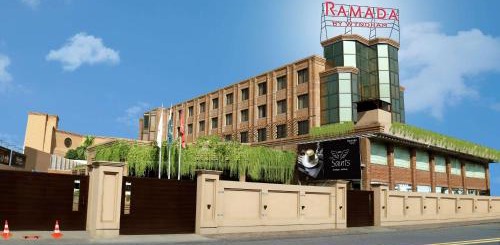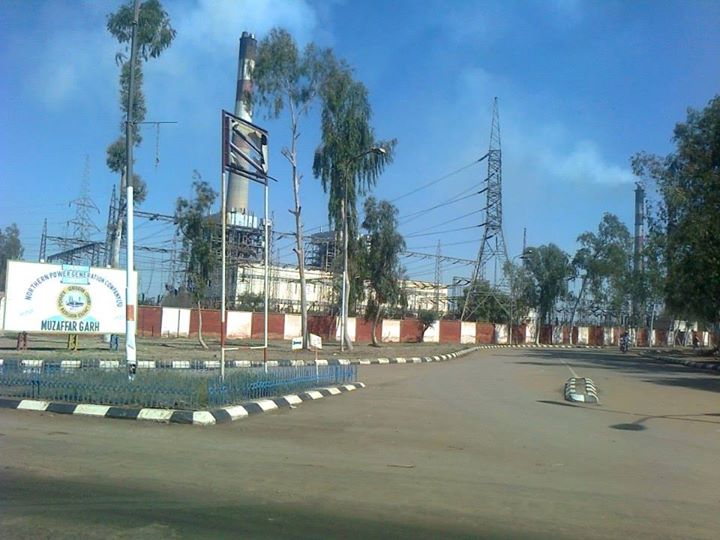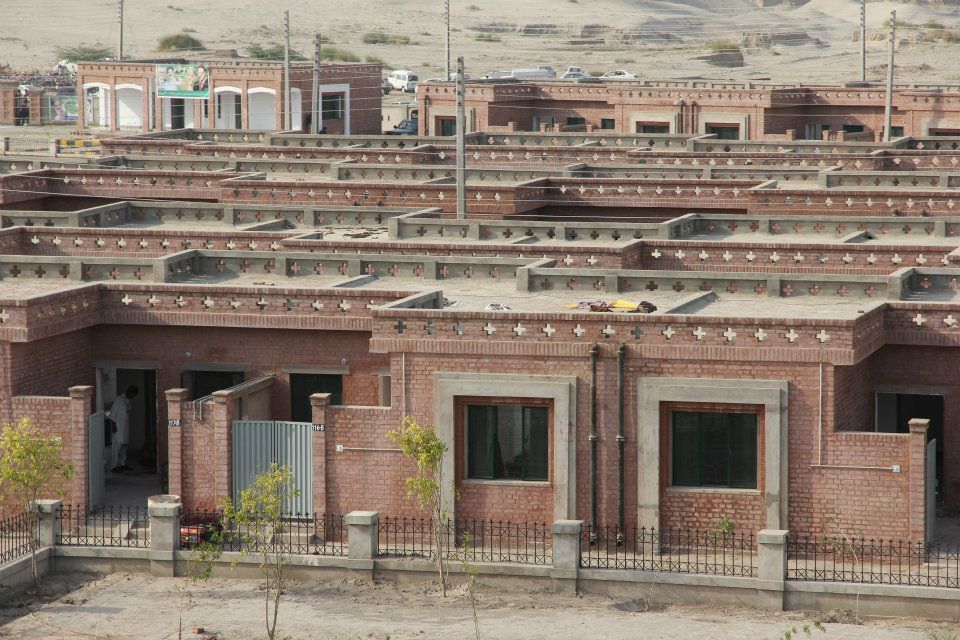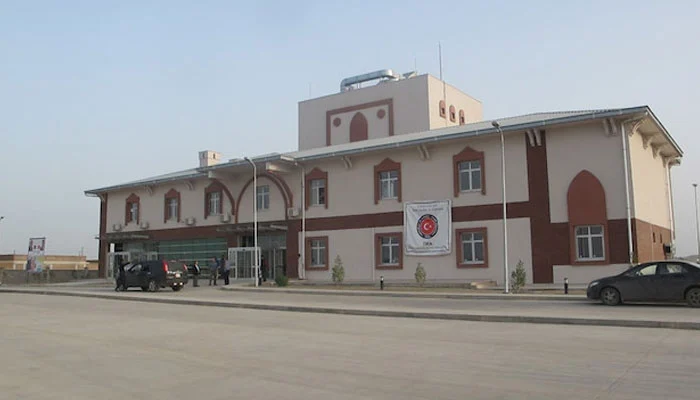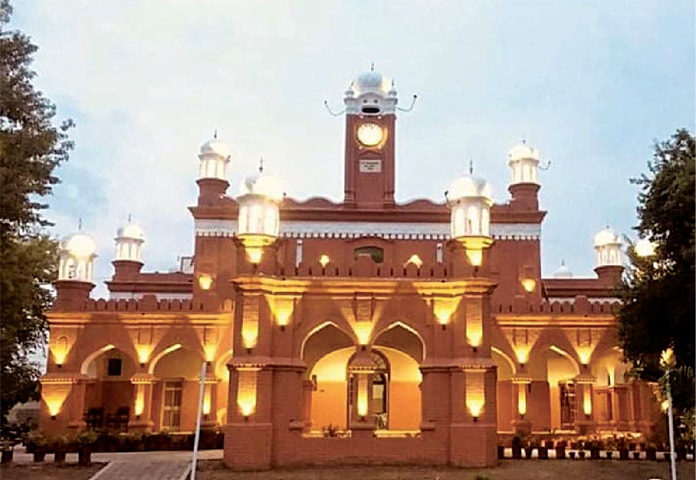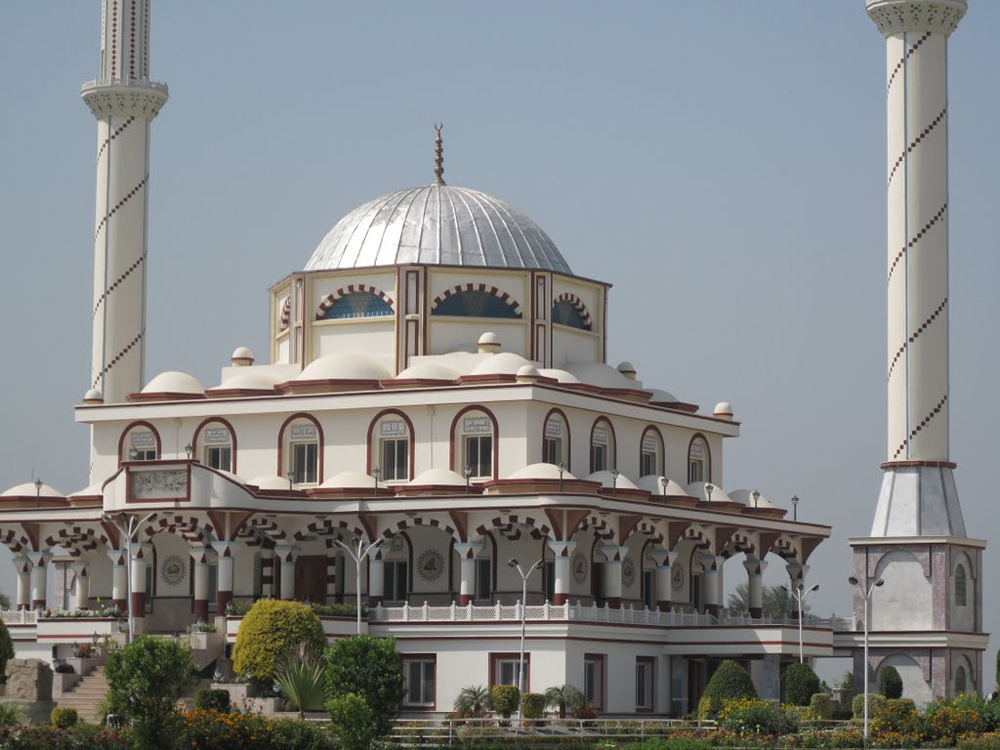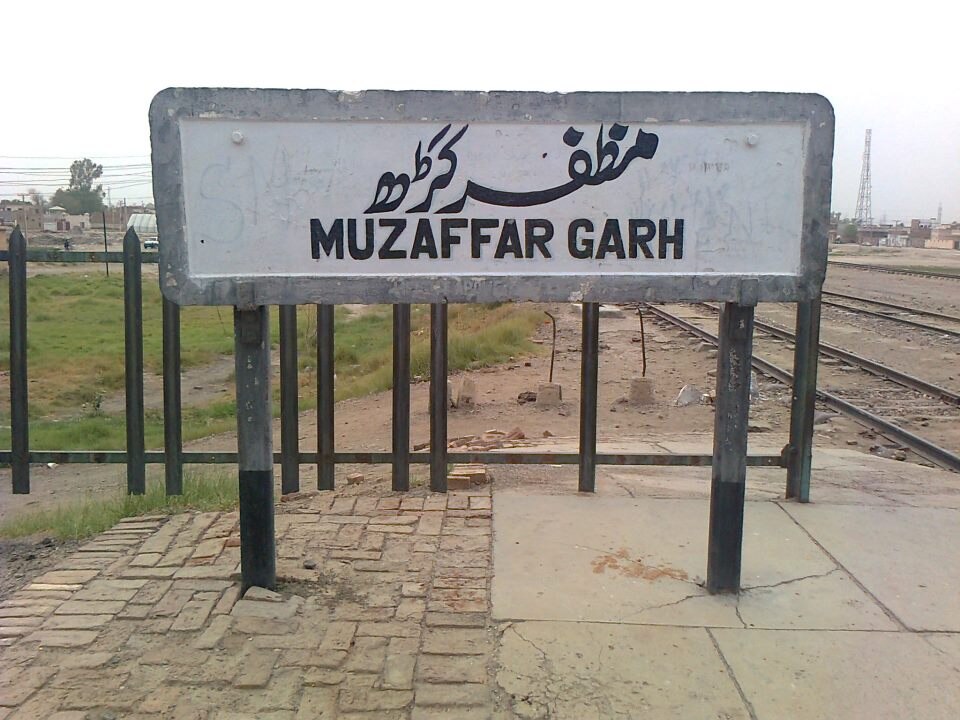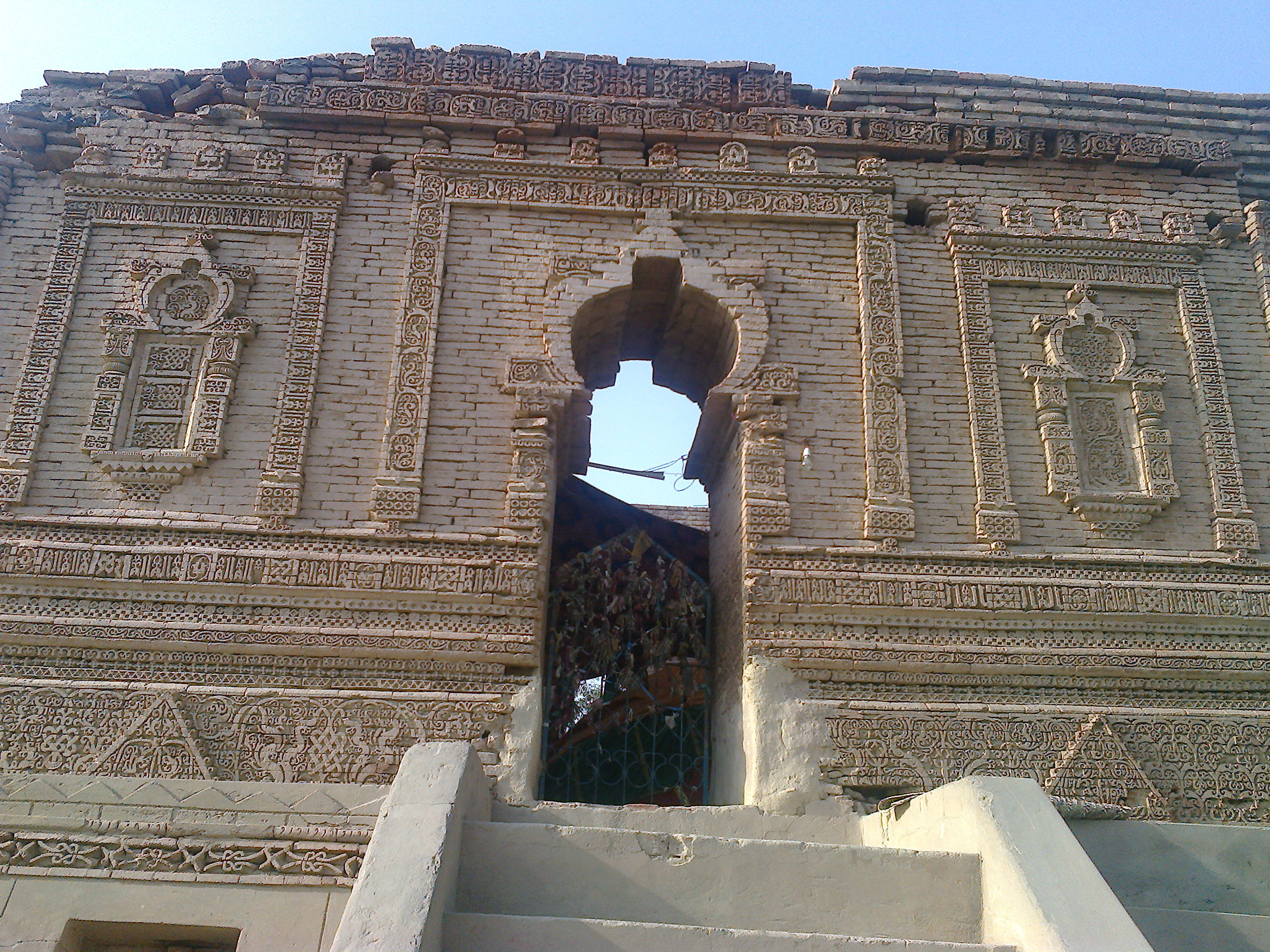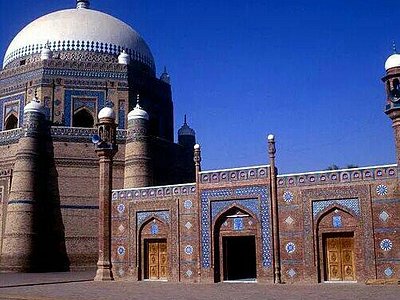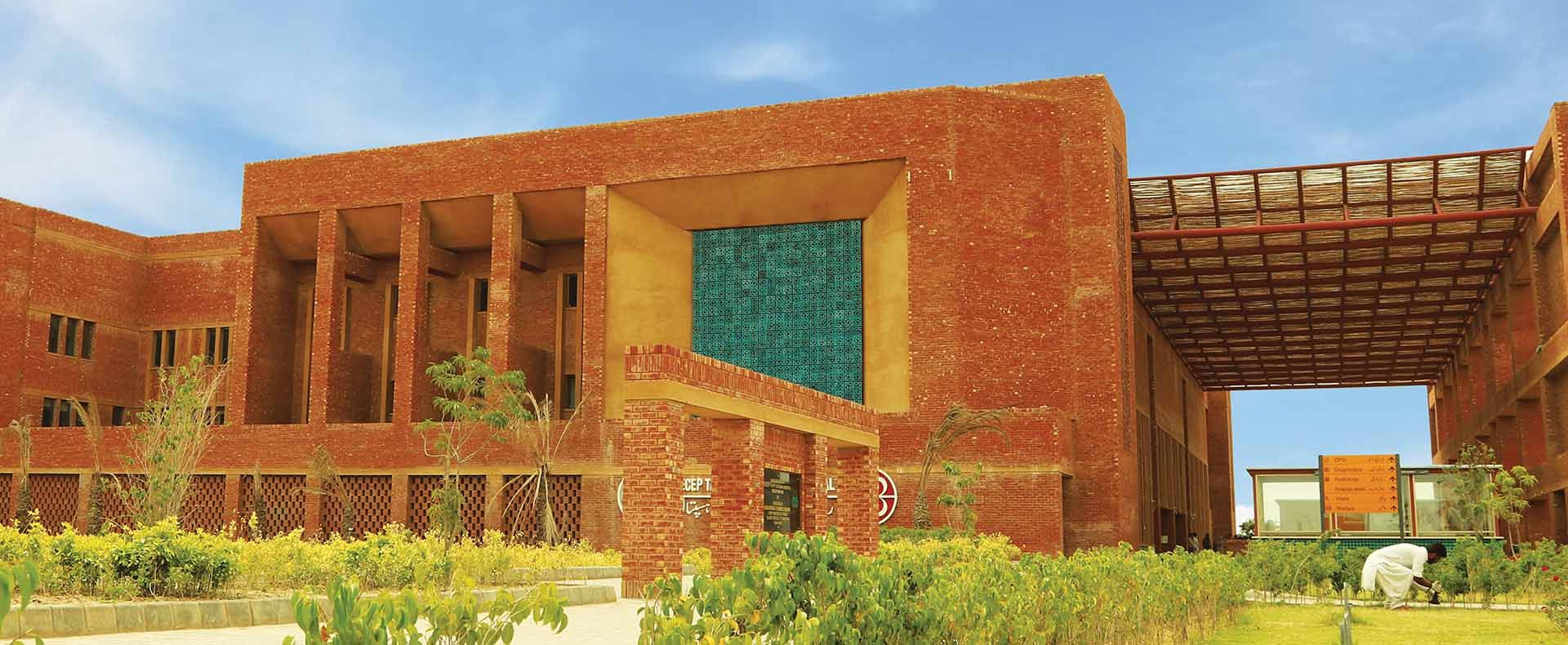
About the Muzaffargarh
The Land Between Rivers and Cultures
Muzaffargarh, a city resting peacefully in the southern part of Punjab, Pakistan, is a blend of natural beauty, agricultural strength, and centuries-old traditions. Known as the “land between rivers,” Muzaffargarh occupies a unique geographical location between the mighty Chenab and Indus rivers. This geographical blessing has shaped the lives, economy, and culture of its people for centuries.
Unlike the booming metropolises of Pakistan, Muzaffargarh retains a rural charm while steadily moving toward development. It is a city where lush green fields meet the dusty paths of tradition, where the melodies of folk songs echo in local gatherings, and where the rhythm of life still moves in harmony with the seasons. From its vast mango orchards to the sounds of bullock carts on rural roads, Muzaffargarh offers a portrait of Punjab that remains deeply connected to its roots.
Despite being less talked about in mainstream media, Muzaffargarh has its own stories, struggles, and successes. It is a city built on resilience, fed by the rivers, and held together by the values of its people. To understand Muzaffargarh is to understand the soul of Southern Punjab—a place shaped by history, climate, and the perseverance of its citizens.
Geography and Location
Muzaffargarh is located in southwestern Punjab and is part of the Dera Ghazi Khan Division. It is bordered by Multan to the east, Dera Ghazi Khan to the west, Layyah to the north, and Rajanpur to the south. The city's most distinctive geographical feature is that it lies between two of the major rivers of Pakistan—the Chenab to the east and the Indus to the west.
This positioning between two rivers has given Muzaffargarh a dual identity. On one hand, it is blessed with fertile agricultural land that supports the cultivation of wheat, sugarcane, cotton, mangoes, and other crops. On the other hand, it is prone to seasonal flooding, especially during the monsoon months, which has been both a challenge and a unifying experience for its people.
The city itself is relatively flat, typical of the plains of Punjab. The land is marked by a network of irrigation canals, tube wells, and rural roads connecting villages and fields. The region has a hot desert climate, with very high temperatures in summer, mild winters, and limited but intense rainfall during the monsoon season.
The Origin of the City’s Name
The name “Muzaffargarh” originates from the words “Muzaffar” and “Garh,” where “Muzaffar” refers to Nawab Muzaffar Khan, a prominent historical figure in the region, and “Garh” means fort. It is believed that the city was named after Nawab Muzaffar Khan during the 18th century when he ordered the construction of a fort in the area to maintain administrative control and provide security.
This historical connection with Nawab Muzaffar Khan is still remembered today through local folklore, historic buildings, and cultural identity. The legacy of Nawab Muzaffar Khan and his descendants is interwoven into the collective memory of Muzaffargarh's people, especially in the older quarters of the city.
Historical Background
Muzaffargarh has a long and layered history that dates back centuries. Archaeological evidence and historical accounts suggest that the region has been inhabited since ancient times, due to its fertile soil and proximity to river systems. While the city itself may not have played a major role during the Indus Valley Civilization, the surrounding areas were likely involved in early agrarian activities and trade.
During the medieval period, Muzaffargarh became part of the various empires that ruled over the Indian subcontinent. The region came under the influence of the Ghaznavid, Ghaurid, and later the Delhi Sultanate. These rulers contributed to the region’s Islamic cultural influence, architecture, and the development of early settlements.
The real transformation of the area came under the Mughal Empire, particularly during the 16th and 17th centuries. The Mughals invested in infrastructure and administrative systems, which included the construction of forts, roads, and irrigation canals. Trade routes connecting southern Punjab to the rest of the subcontinent passed through this region, making it an important outpost in Mughal governance.
After the fall of the Mughals, Muzaffargarh was absorbed into the expanding Sikh Empire under Maharaja Ranjit Singh. The city, along with neighboring regions, experienced political and social change, including shifts in land ownership, administration, and taxation.
With the arrival of the British in the 19th century, Muzaffargarh underwent yet another transformation. The British established Muzaffargarh as a district in 1861 and invested in infrastructure to make it part of the canal colony system in Punjab. They introduced modern irrigation systems, administrative buildings, and a railway line, which significantly improved trade and connectivity. Many of the canals and structures built during British rule are still in use today.
Life in Colonial and Post-Independence Muzaffargarh
During British colonial rule, Muzaffargarh developed into a structured district with proper revenue collection systems, a growing agricultural economy, and limited urban development. The British also introduced schools, healthcare facilities, and other civic institutions that laid the foundation for modern municipal governance.
The partition of India in 1947 was a turning point for the city. Like many cities in Punjab, Muzaffargarh witnessed large-scale migration. Hindus and Sikhs moved across the newly drawn borders to India, while Muslim families from Indian Punjab and other regions migrated to Muzaffargarh. This migration brought cultural diversity, new social dynamics, and challenges in housing and resettlement.
In the decades following independence, Muzaffargarh gradually grew as an administrative and agricultural hub. The government invested in infrastructure such as roads, bridges, irrigation channels, schools, and healthcare centers. The city witnessed moderate industrial growth, mainly in food processing, cotton ginning, and textiles.
Despite challenges such as poverty, illiteracy, and flood damage, the people of Muzaffargarh have shown resilience and community spirit. Villages rebuilt after floods, schools opened in rural areas, and small businesses flourished in urban centers. The local economy remained heavily reliant on agriculture, especially cotton and mango production, but the youth increasingly sought education and employment opportunities beyond the city’s borders.
Address: 35FJ+C5X, Muzaffargarh, Pakistan
